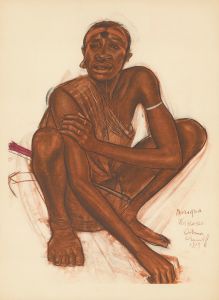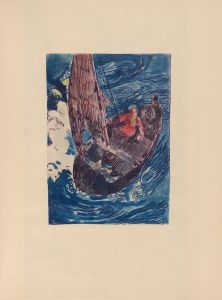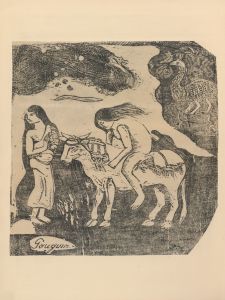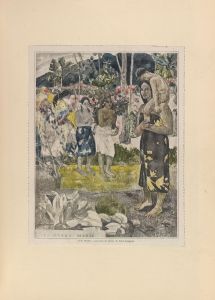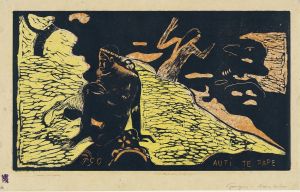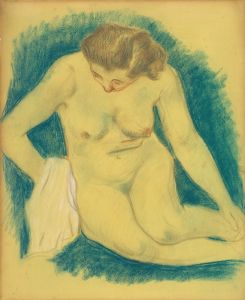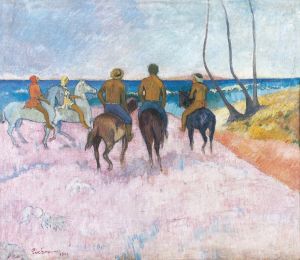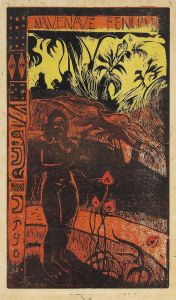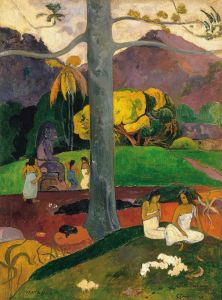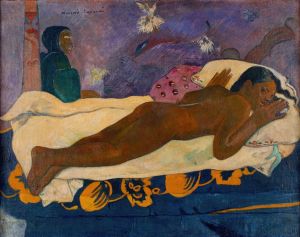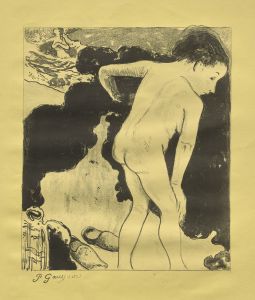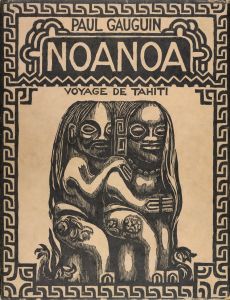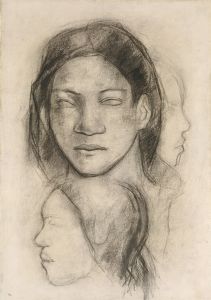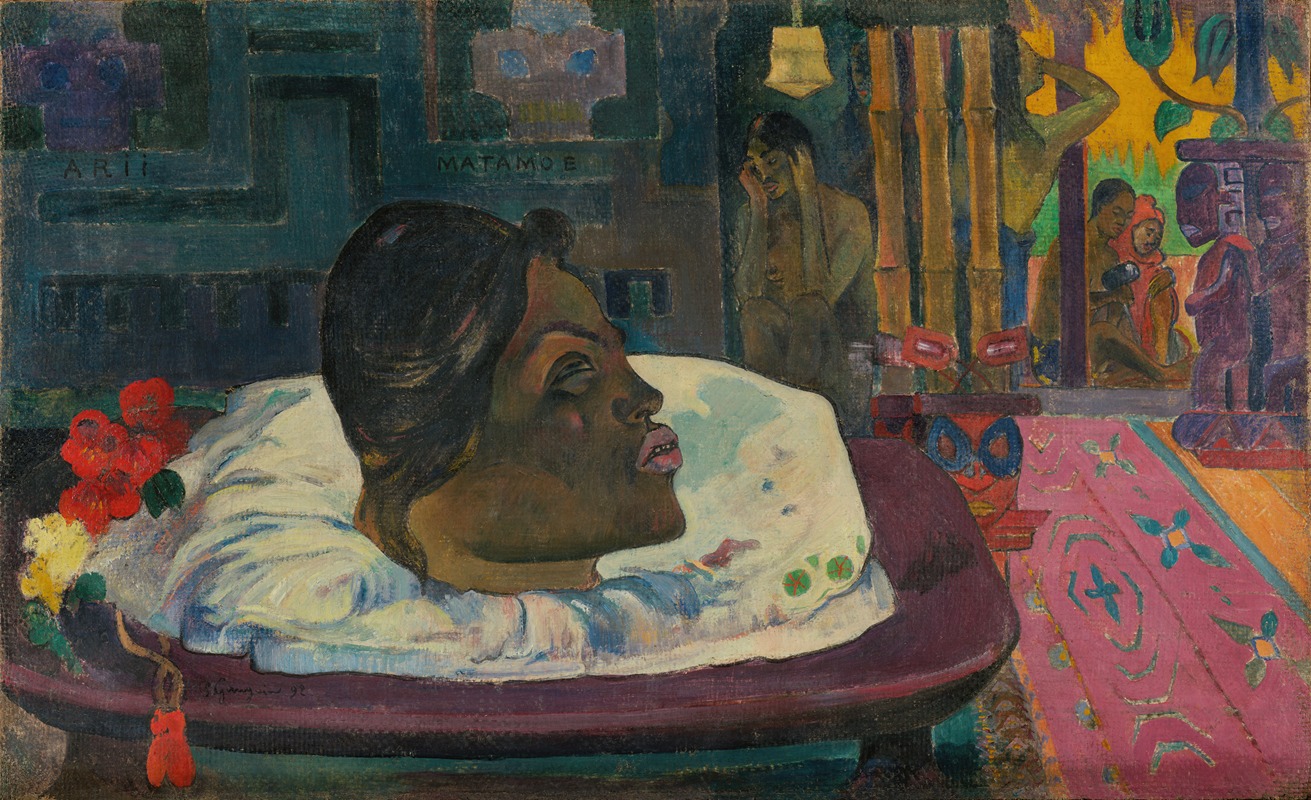
Arii Matamoe
A hand-painted replica of Paul Gauguin’s masterpiece Arii Matamoe, meticulously crafted by professional artists to capture the true essence of the original. Each piece is created with museum-quality canvas and rare mineral pigments, carefully painted by experienced artists with delicate brushstrokes and rich, layered colors to perfectly recreate the texture of the original artwork. Unlike machine-printed reproductions, this hand-painted version brings the painting to life, infused with the artist’s emotions and skill in every stroke. Whether for personal collection or home decoration, it instantly elevates the artistic atmosphere of any space.
"Arii Matamoe" (The Royal End) is a painting by the French post-impressionist artist Paul Gauguin, created in 1892 during his first stay in Tahiti. The painting is notable for its depiction of a severed head, which has sparked considerable discussion and analysis among art historians and critics.
Paul Gauguin traveled to Tahiti in 1891, seeking to escape European civilization and immerse himself in what he perceived as a more "primitive" and "authentic" culture. His time in Tahiti profoundly influenced his artistic style and subject matter, leading to the creation of numerous works that reflect his fascination with the island's people, landscapes, and traditions.
"Arii Matamoe" is one of Gauguin's most striking and controversial works from this period. The title of the painting translates to "The Royal End" in Tahitian, and it depicts a severed head resting on a white pillow, surrounded by vibrant, exotic flora and a richly colored background. The head is believed to represent a deceased Tahitian king, and the painting is thought to convey themes of death, ritual, and the intersection of life and mortality.
The composition of "Arii Matamoe" is both unsettling and captivating. Gauguin employs bold, expressive brushstrokes and a vivid color palette to create a sense of otherworldliness and intensity. The severed head, with its closed eyes and serene expression, contrasts sharply with the lush, almost surreal surroundings, creating a powerful visual juxtaposition.
Gauguin's use of symbolism in "Arii Matamoe" has been the subject of much interpretation. Some art historians suggest that the painting reflects Gauguin's fascination with the rituals and customs of the Tahitian people, particularly their practices surrounding death and the afterlife. Others view the work as a commentary on the colonial encounter between Europe and the Pacific islands, with the severed head symbolizing the disruption and violence brought by European colonization.
The painting also reflects Gauguin's broader artistic goals and his desire to break away from traditional European artistic conventions. By incorporating elements of Tahitian culture and symbolism into his work, Gauguin sought to create a new, hybrid artistic language that blended Western and non-Western influences.
"Arii Matamoe" is housed in the J. Paul Getty Museum in Los Angeles, California. It remains one of Gauguin's most enigmatic and discussed works, continuing to captivate viewers with its bold imagery and complex themes. The painting is a testament to Gauguin's innovative approach to art and his enduring fascination with the cultures he encountered during his travels.
In summary, "Arii Matamoe" is a significant work in Paul Gauguin's oeuvre, reflecting his exploration of Tahitian culture and his efforts to forge a new artistic path. The painting's striking imagery and rich symbolism make it a compelling subject for study and appreciation within the context of post-impressionist art.





